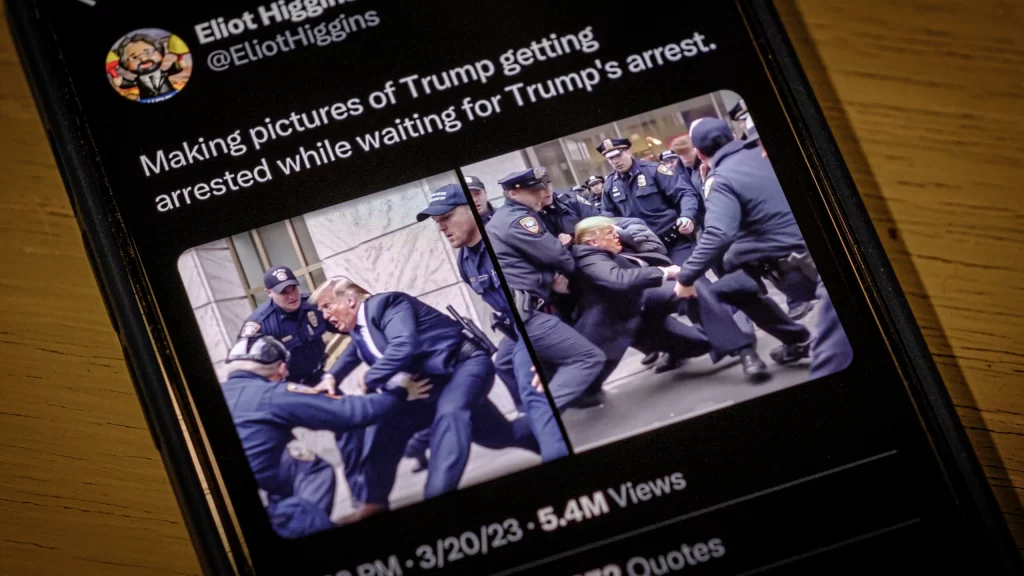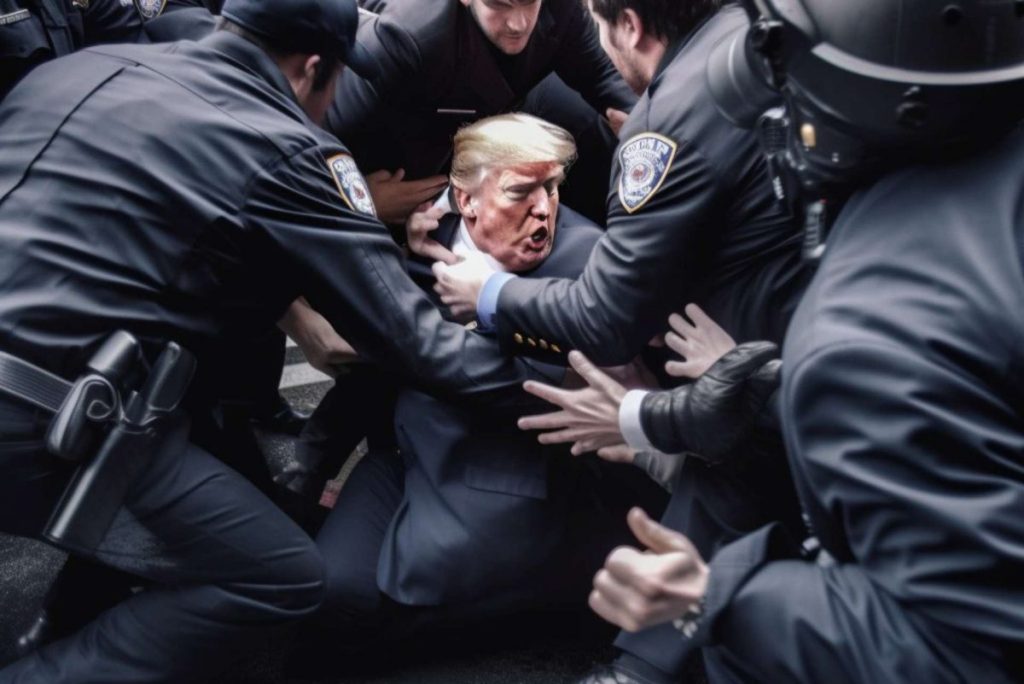Artificial intelligence (AI) has brought about a revolution in the way we interact with technology. From language processing to facial recognition, AI has made it possible to perform tasks with unprecedented accuracy and speed. However, it has also brought with it a dark side that is beginning to rear its ugly head. Recently, AI-generated images of former US President Donald Trump’s arrest started to go viral on Twitter, even though a Manhattan grand jury was still deciding whether he should be indicted for falsifying business records.
The images were created using AI algorithms such as Stable Diffusion and MidJourney, which have made it easy for people with no technical skill to generate photorealistic images. These algorithms have been rapidly improving and are empowering users to prototype faster, creating a new wave of deep fakes or synthetic media that are difficult to distinguish from the real thing.

While these images may seem harmless, they are a clear example of how quickly technology is advancing and how it can be used to manipulate the truth. The fact that the images went viral on social media is a testament to the power of AI and how it can be used to spread false information.
The use of AI-generated images for political propaganda is not new. In fact, it has been used in the past to create fake news stories and manipulate public opinion. However, the recent surge in the use of AI algorithms to create deep fakes is a worrying trend that needs to be addressed.
As AI algorithms continue to improve, it is essential that we develop ways to detect and combat the use of deep fakes. This requires a concerted effort by governments, tech companies, and the public to raise awareness of the issue and develop solutions to combat it.

In conclusion, the viral images of Donald Trump’s arrest created using AI algorithms are a stark reminder of the dark side of technology. While AI has the potential to transform our lives for the better, it can also be used to manipulate the truth and spread false information. We must remain vigilant and develop ways to combat the use of deep fakes to protect our democracy and our society.


